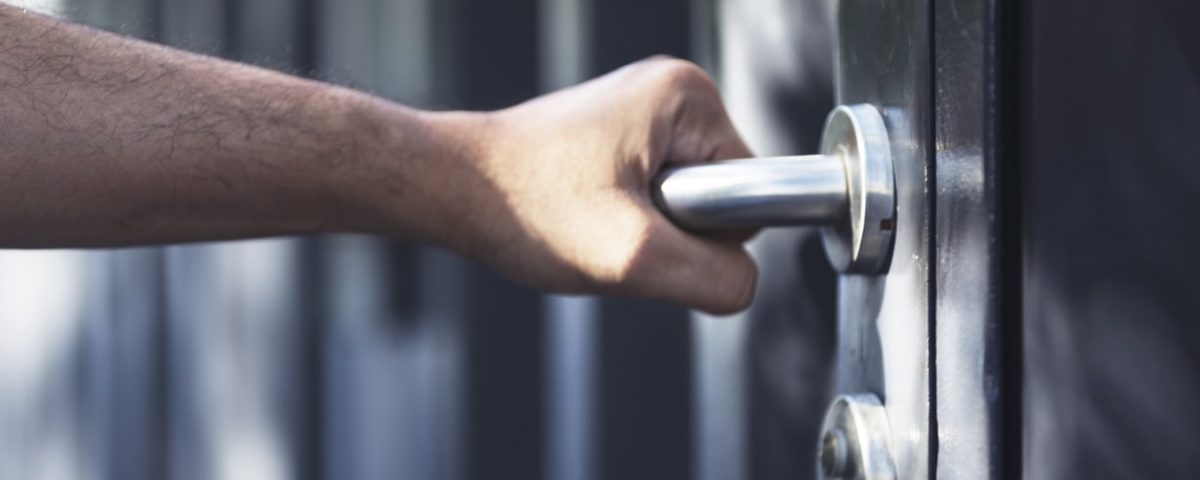School Lockdown Procedures: The Good and the Bad

How to Design Effective Evacuation Policies for Schools
May 6, 2019
Should Schools Have Compulsory Physical Education?
May 20, 2019School Lockdown Procedures: The Good and the Bad
When it comes to school lockdown procedures, there is no uniform protocol that will work the same way in every school. This is because procedures must reflect differences in school design and the response capabilities of local law enforcement. Lockdown protocols that may sound good when discussed or during basic drills initiated by an administrator can have significant dropouts when they are unfortunately tested by events happening in real time.
As districts think about the right mix of equipment, training, tech, and policies and procedures to keep students and staff safe in times of trouble, the conversation turns over to how they should institute lockdown procedures for their buildings during an active shooter event in the most effective ways possible.
The Wrong Routes
In the last few years, there have been a number of school shootings and lockdowns that have gained plenty of media attention. From Parkland to Sandy Hook, and even mass shootings that aren’t school-related, such as the Las Vegas concert massacre, effective evacuation procedures have gotten plenty of time in the spotlight.
Immediately following these incidents, the conversation shifts to a couple of topics including gun control and school safety, naturally. There have been discussions of bulletproof backpacks for students bulletproof chalkboards for classrooms. However, these hot-button moves do little to increase actual security while also running the risk of creating a false sense of security.
What administrators and security personnel should be doing is focusing on proven security and preparedness procedures and proactive communications to get the word out to their school community.
Locking Things Down
It has been argued that districts should be focusing on lockdown procedures instead of trying to combat active shooters in the moment. School administrators and safety personnel can diversify these trials by conducting them during lunch periods, class changes, or during school arrival. School and safety leaders need to focus on the human element of school safety, not just take a hardware approach to a complex situation.
In Littleton, Colorado, the school district provided training for faculty and students that utilizes technology aspects like the district’s mass notification system. The district informed faculty, school staff, and students on how to use the notification system, how and where to hide, and how to defend themselves. This is also known as “run-hide-fight,” which is recommended by both the National Association of School Resource Officers and The National Association of School Psychologists.
Some school districts have also developed their own guides to emergency preparedness and have been distributing them to teachers and staff to go over things like drills and lockdown procedures with their students. Some school districts have even partnered with county fire and sheriff’s departments as well as emergency management agencies to have regular assessments to make sure that lockdown procedures are upheld and updated.
Being on top of what’s at stake inside schools as well as monitoring the effectiveness of lockdown procedures will help to provide more communication and more thought behind developing more safety in schools.
About PGUI
Professional Governmental Underwriters, Inc., is a full-service risk management company dedicated to assisting public, educational and non-profit entities in the management of their professional liability exposures including educators liability insurance. We are dedicated to providing state-of-the-art professional underwriting management and loss control advisory services on behalf of our designated carriers. For more information, call us toll-free at (800) 586-6502.


